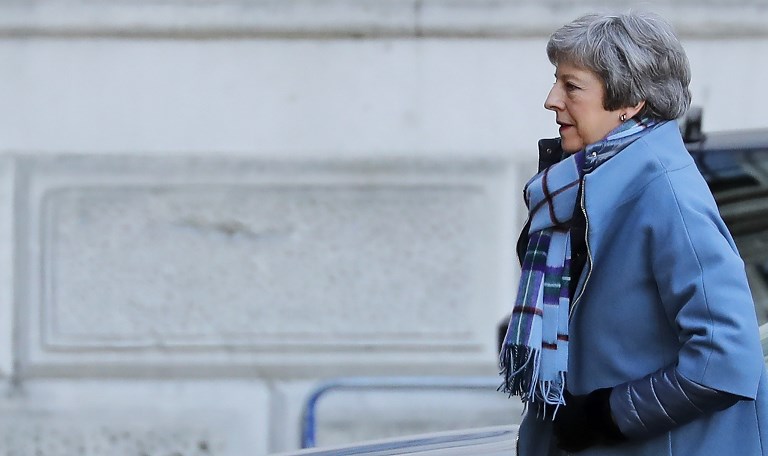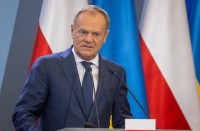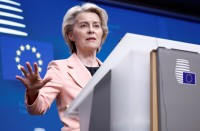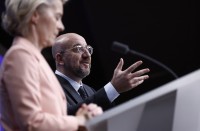
by James PHEBY
Agence France Presse
LONDON, United Kingdom (AFP) — British Prime Minister Theresa May heads into her latest Brexit battle on Tuesday weakened but still determined to get her legacy-defining deal through parliament, as MPs wrestle to take control of the process.
To her supporters, May is a model of resilience, but to her critics she is an inflexible leader oblivious to the changing circumstances around her.
She has suffered the ignominy of losing her parliamentary majority following a disastrous election campaign, seeing her flagship Brexit deal comprehensively rejected by MPs and enduring two no-confidence votes, one by her party, the other by parliament.
Each time she has fought on, partly protected by the inability of any serious challengers to form alliances and depose her, with the toxic Brexit issue dissolving traditional political bonds.
May made it her mission to carry out the wishes of voters who backed the Brexit referendum in June 2016 when she became premier the following month.
But Leave backers have always been suspicious of having a Remain supporter — which May was before the referendum — leading negotiations.
And MPs who opposed Brexit want her to stick tighter to the EU or call for a second referendum.
Parliamentarians could weaken her further on Tuesday by voting through a measure that would open the door for them to dictate the way forward.
One glimmer of hope for the leader is that the Brexiteers who voted down her deal have recently struck a softer tone towards the agreement, fearful that opponents of Brexit in the House of Commons could scupper the whole process.
Shortly before Christmas, May made a rare acknowledgement of weakness, telling Conservative colleagues she did not intend to lead them into the next scheduled election in 2022 as she uncomfortably defeated the internal coup.
She then saw off a House of Commons no-confidence vote triggered by Labour leader Jeremy Corbyn after her deal was rejected by MPs.
Critics from all sides have rounded on the leader, with Remain-supporting journalist Matthew Parris calling her a “zombie prime minister”, and the Leave-supporting Daily Telegraph newspaper warning that she was “out of allies, out of time”.
‘Difficult woman’
May took over after her predecessor David Cameron quit following the shock vote for Brexit in June 2016, winning by default after her rivals fought among themselves or withdrew.
She had quietly campaigned to stay in the EU, but has repeatedly stressed the importance of implementing the verdict.
Yet her plan’s provision for a so-called “backstop” to prevent a hard border with the Republic of Ireland, which could keep Britain indefinitely tied in a customs union with the EU, has angered Brexit supporters.
Despite the near constant criticism, May has kept at it and compares herself to her cricketing hero Geoffrey Boycott, who was a byword for doggedness as a batsman.
The vicar’s daughter has also gleefully seized on a putdown by a party elder that she was a “bloody difficult woman”.
May eschews gossip and networking, proving herself through hard work. She spent six years in the tough job of interior minister before entering Downing Street.
But her reserved nature often makes for stilted relations with world leaders and voters, while her staccato speaking style, repeating phrases and avoiding direct questions, earned her the media nickname “Maybot”.
Field of wheat
May, 62, said she knew she wanted to become a politician when she was just 12, and provoked mockery when she said during the election campaign that the naughtiest thing she had done was running through a field of wheat.
She studied geography at the University of Oxford, where she met her husband Philip, who became a banker, after reportedly being introduced by future Pakistan premier Benazir Bhutto.
The couple never had children and May devoted herself to a life of public service that saw her become Conservative Party chairwoman in 2002.
The apparent ease with which May positioned herself to become prime minister after the referendum drew praise for her political skills — but this evaporated the following year.
Faced with an apparently unassailable poll lead, she called a snap election in June 2017 to bolster her position and Brexit plan — only to lose the Conservatives’ majority.
© Agence France-Presse







